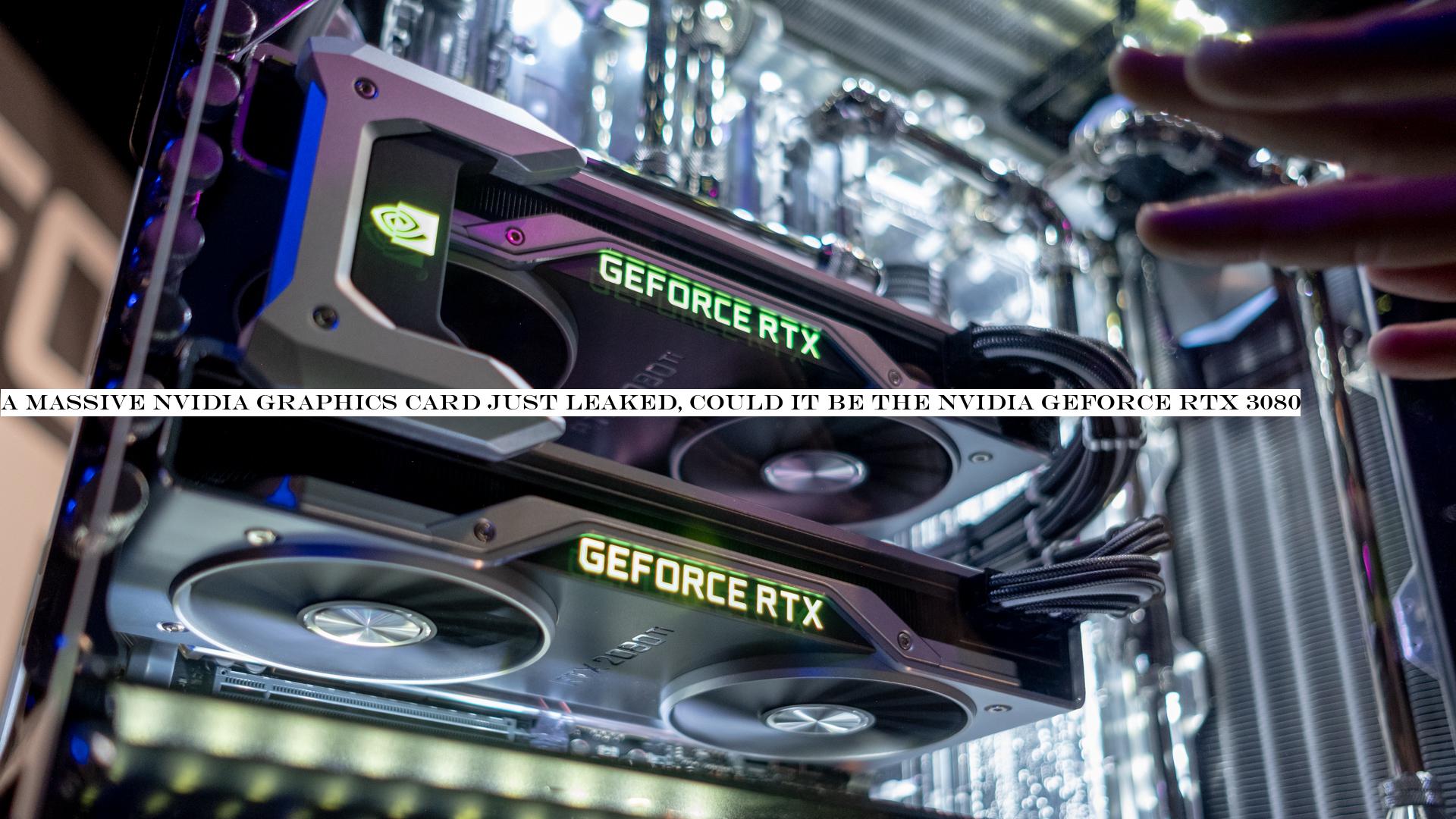We've heard the Huawei P40 Pro might have two front-facing cameras, to take impressive selfies, and a new hands-on picture (below) has given us an idea of what this may look like in practice.
The image comes from Slashleaks, and while it has a low trust rating on that site, we've decided there are a few reasons to believe the picture is accurate

 5
5








